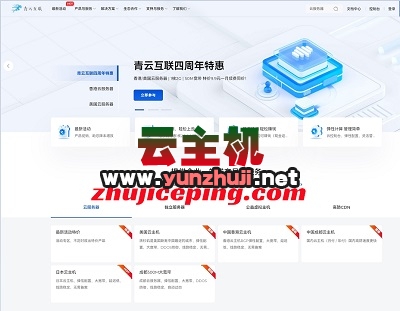MongoDB的索引管理与维护
创建索引
1、使用createIndex()方法创建单个字段的索引:
db.collection.createIndex({field: 1})
2、使用createIndex()方法创建多个字段的复合索引:
db.collection.createIndex({field1: 1, field2: 1})
3、使用ensureIndex()方法创建唯一索引:
db.collection.ensureIndex({field: 1}, {unique: true})
4、使用ensureIndex()方法创建全文索引:
db.collection.ensureIndex({field: "text"})
删除索引
1、使用dropIndex()方法删除单个字段的索引:
db.collection.dropIndex("index_name")
2、使用dropIndex()方法删除多个字段的复合索引:
db.collection.dropIndex({field1: 1, field2: 1})
3、使用dropIndex()方法删除唯一索引:
db.collection.dropIndex("index_name", {unique: true})
4、使用dropIndex()方法删除全文索引:
db.collection.dropIndex({field: "text"})
查看索引信息
1、使用getIndexes()方法查看集合中的所有索引信息:
db.collection.getIndexes()
2、使用getIndexKeys()方法查看指定索引的字段信息:
db.collection.getIndexKeys({field: 1})
3、使用explain()方法分析查询语句的执行计划,包括索引的使用情况:
db.collection.find().explain("executionStats")
优化索引性能
1、根据查询需求选择合适的字段创建索引,避免创建过多的无用索引。
2、根据查询频率和数据量定期重建索引,以保持索引的性能,可以使用以下命令进行重建:
db.collection.reIndex()
3、对于大量写入操作的集合,可以考虑使用稀疏索引来减少磁盘空间占用,稀疏索引只存储非空字段的值,可以使用以下命令创建稀疏索引:
db.collection.createIndex({field: 1}, {sparse: true})
4、对于频繁更新的字段,可以考虑使用TTL索引来自动删除过期数据,以减少索引的大小和维护成本,可以使用以下命令创建TTL索引:
db.collection.createIndex({field: 1}, {expireAfterSeconds: TTL})
5、定期监控数据库的性能指标,如CPU利用率、内存占用等,及时调整索引策略。

 云主机测评网
云主机测评网


















最新评论
本站CDN与莫名CDN同款、亚太CDN、速度还不错,值得推荐。
感谢推荐我们公司产品、有什么活动会第一时间公布!
我在用这类站群服务器、还可以. 用很多年了。